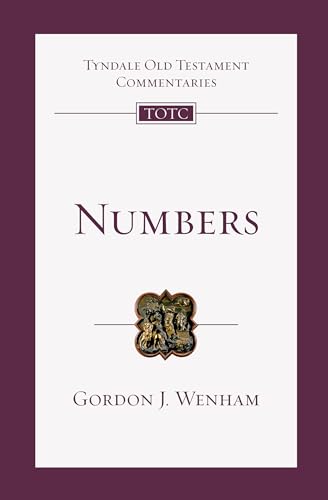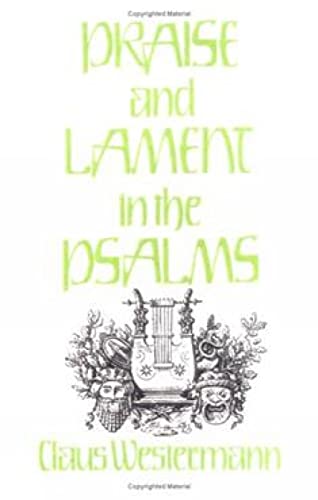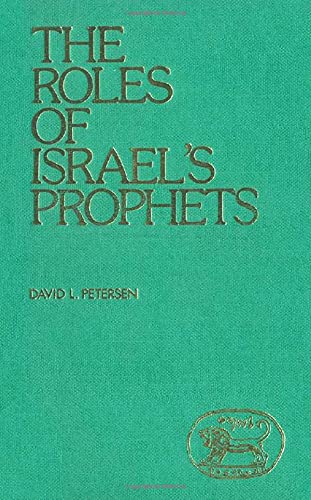A book on Genesis 1–11 by an Old Testament scholar of the stature of G. A. F. Knight is to be welcomed. The book is marked by the sort of keen insight which we would expect from the author of A Christian Theology of the Old Testament, and will be read with profit by all serious students of the Scriptures. While based on a scholar’s appreciation of the text, it is not a drily technical work, but is rather highly readable and often pungent.
As the title might lead us to expect, the author does not think these chapters of Genesis are to be taken in any literal way, or that they have much if anything to say about scientific views of origins. For him they represent thinking about the world ‘… not in philosophical, psychological, cosmological, or any other modern terms, but quite naturally in terms of myth’ (p. xii).
Yet I am not convinced that he has sufficiently clearly articulated what he means by this idea of pictoriality which seems fundamental to his understanding of the chapters. In particular I do not think the attempt to distinguish between the pictoriality of ancient Near Eastern thought (which Israel is said to have accepted) and its ‘philosophy … science … and psychological apotheosis of divine beings’ (which she rejected) is successful (p. xii). Certainly it is laudable to insist on Israel’s uniqueness. It is correct to say that Genesis 1–11 is not a scientific textbook. Indeed, there is a quite right stress on the ‘unaskable’ in the things that are spoken of here. Yet I do not think it possible to separate the pictoriality of ancient thought from its ideas. And it is more satisfying to think of Genesis 1–11 not only as borrowing the idiom of the ancient Near East but as modifying the content of its thought. Thus, if the ancient Near East has anything to say about science, then Genesis has also.
So I would challenge Knight’s view that the pictorial in Genesis 1–11 rules out any possible empirical reference. (Incidentally, he assumes an evolutionary view of origins, p. 8.) There is altogether too much insistence that the language used is non-scientific. ‘Light’ in 1:3, for example, he believes cannot refer to the physical element, since ‘this would be a human attempt to explain the creative purpose of God in terms of science’ (p. 7). ‘Light’ is rather to be understood as a pictorial term designed to help us understand the creative nature of God. At this point the author’s view of the genre of Genesis has taken him too far. However poetic these chapters are, there cannot but be an empirical reference here. It was the ‘real’ light about him that the Genesis writer was concerned to explain. And there may well be far more affinity between the metaphor of Genesis 1–11 and empirical reality than Knight is prepared to allow.
The most serious corollary of refusing to entertain the possibility of empirical references in these chapters is the abolition of a historical ‘fall’. The encounter between the serpent and the human couple is psychologized (in the manner of C. Westermann’s Creation). The serpent illustrates ‘man’s earthy nature’. His subtlety is the ‘almost innocent inventiveness’ which we see in the inquisitive naughtiness of children (pp. 33f.). A ‘total “fall” ’, says Knight, is not taught in these chapters (p. 42). The phrase ‘total fall’ is interesting. The author’s rather orthodox theological standpoint does not want to relinquish altogether the idea of a ‘fall’. Yet his concern to debunk traditional misconceptions (as he sees them) often leads him into this sort of uncomfortable ambivalence.
I have said that there are valuable insights in the book. The analysis of the serpent-man (woman) encounter is an example of this, despite the criticisms made. So is his recognition that the animals in the ark represent, in the midst of this portrayal of judgment, a foretaste of salvation, with lions and lambs lying down together (cf. Is. 11, p. 88). Such insights abound. On the other hand, the book is not free from the trite. On the murder of Abel: ‘… each new generation has to relearn the power of a bad temper …’ (p. 54). On Noah’s entry to the ark: ‘Life is meant to be lived in earnest, in all integrity; life is clearly not a game’ (p. 87). Such moralizing comments result from the predominance of the psychologizing interpretation and the corresponding failure to treat the chapters adequately as salvation-history.
One final criticism. The author sometimes seems to see his mission as the promotion of certain critical points of view. Along with the debunking of traditional interpretations of Genesis 1–11, there is a highly self-conscious invocation of the J and P writers, even on occasions when nothing is added to the argument. Knots are got into over clean and unclean animals in chapter 7 (where it is actually embarrassing to the documentary analysis that it is J who makes the distinction, p. 85). And in the same context there is the awkward accolade: ‘It is surely extraordinary that J and P have been able, with the help of their final editor, to offer us, in pictorial form, so much profound theology …’ (p. 89).
An interesting and thought-provoking book, probably worth possessing in view of the relative dearth of good expository material on these chapters, but sometimes idiosyncratic and crusading, in an unattractive way.
Gordon McConville
Cheltenham and Gloucester College of Higher Education






